Latest
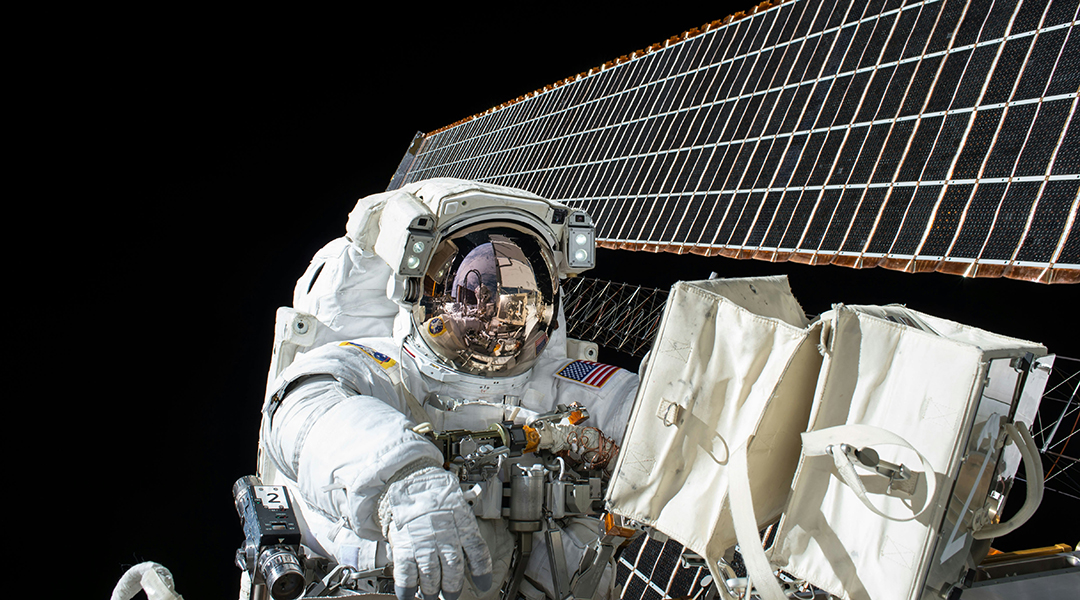
An organ-on-chip simulates the effects of cosmic radiation on astronauts
Future astronauts may be protected from galactic cosmic rays thanks to a novel organ-on-chip system containing interconnected human tissue.

Cutting out processed foods doesn’t automatically make a diet healthier
Switching to less processed does not guarantee a healthy diet; the types of foods may be more important than their level of processing.

AI lie detectors lead people to make more false accusations, study finds
Participants with lie-detecting AI were more likely to trust it, more readily agreeing when it falsely labeled something a lie.
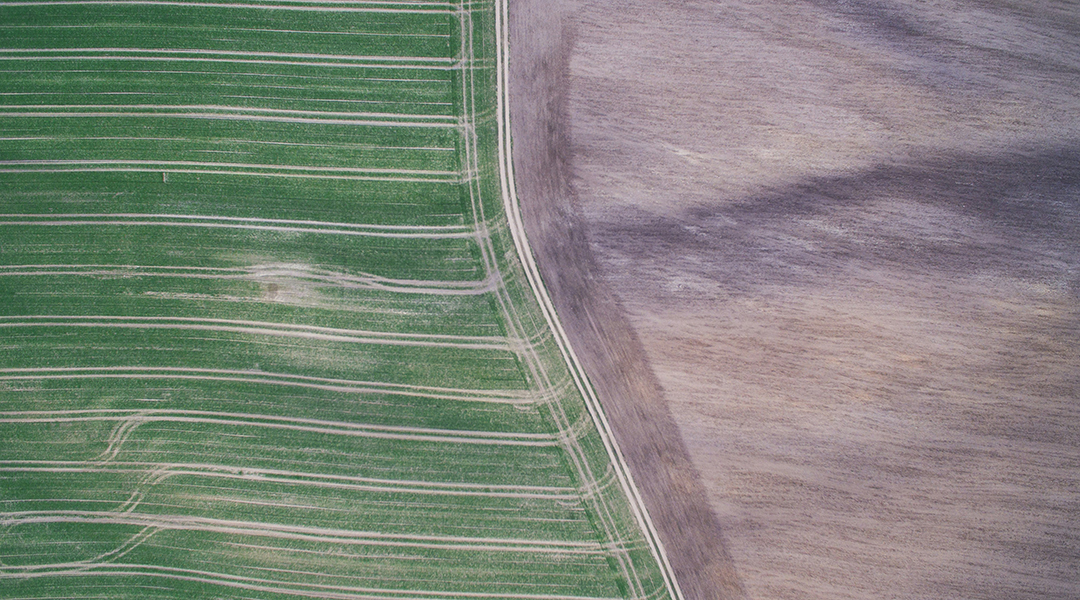
Modern crop seeds are not ready for climate change
Traditional means farmers used to use for seed selection and preservation may help us cultivate more resilient food in a changing climate.

Gold nanoparticles help hydras regrow their heads
Gold nanoparticles and near-infrared light speed up regeneration and reproduction in hydras, providing insights for regenerative medicine.
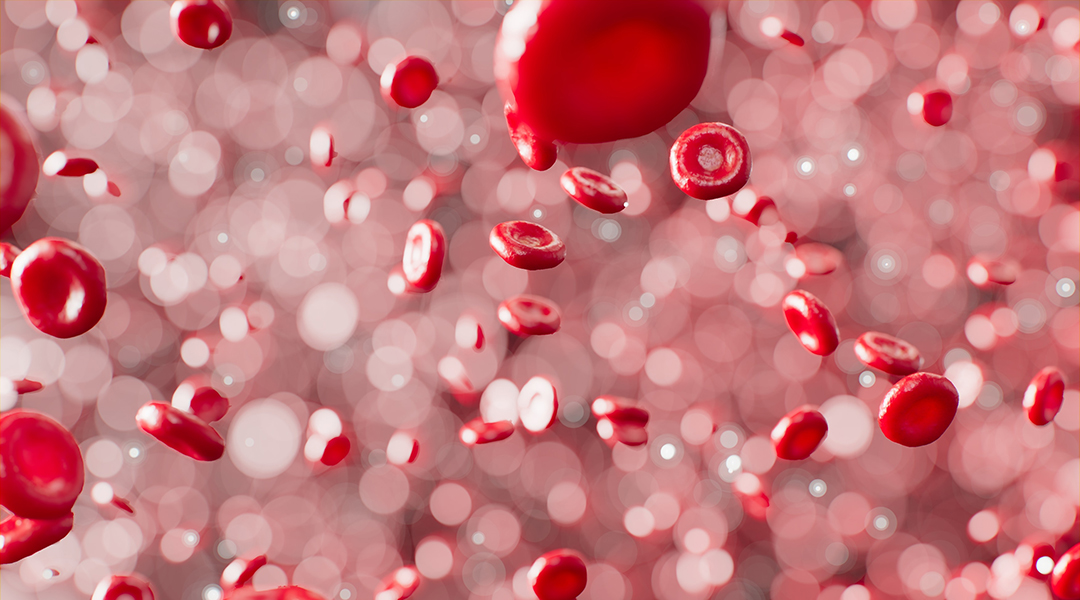
CRISPR gene therapy for sickle cell disease and β-thalassemia gets UK approval
In a world first, UK authorities grant regulatory approval for a CRISPR gene therapy targeting sickle cell disease and β-thalassemia.
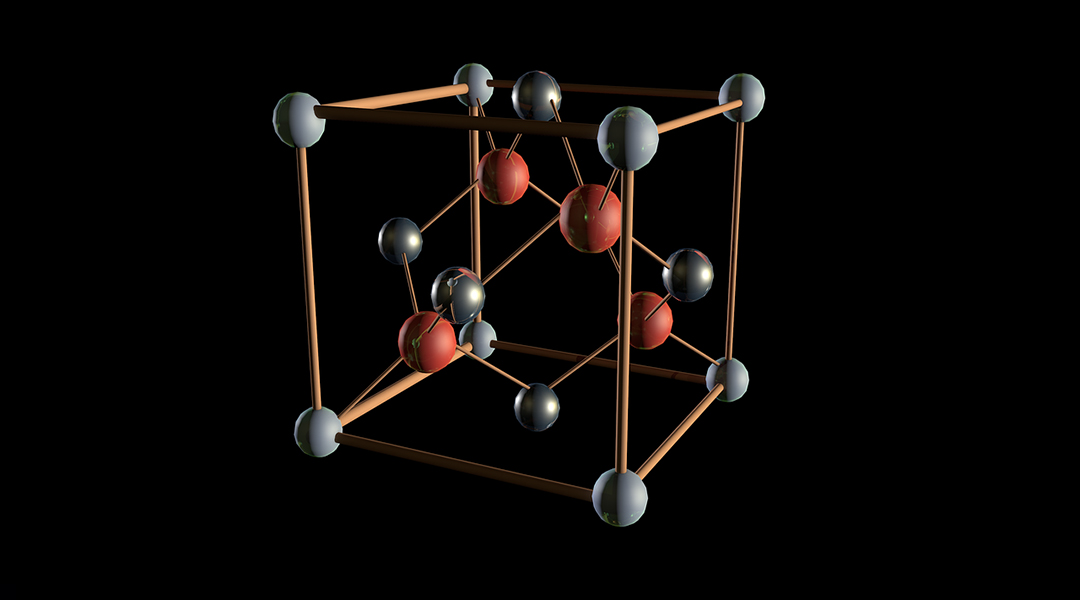
Taming computers’ energy consumption with a new “spin glass” material
A newly discovered material and its intriguing properties could pave the way for more efficient computing.
ASN Weekly
Sign up for our weekly newsletter and receive the latest science news directly to your inbox.
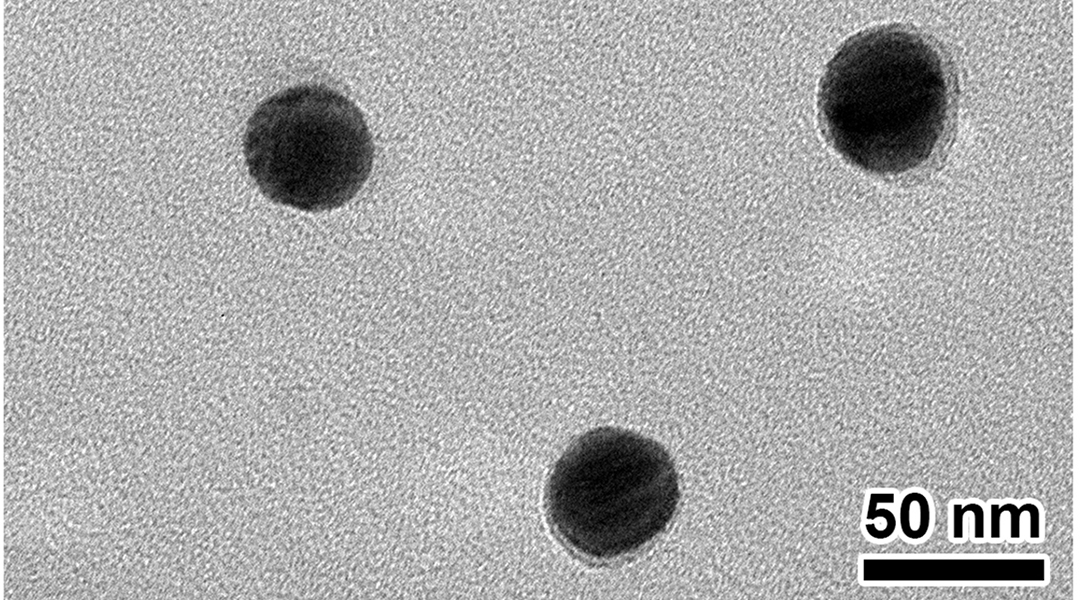
Better photothermal therapy to improve bladder cancer survival
Scientists are looking to improve the outlook for patients with bladder cancer by advancing a laser-based photothermal therapy.
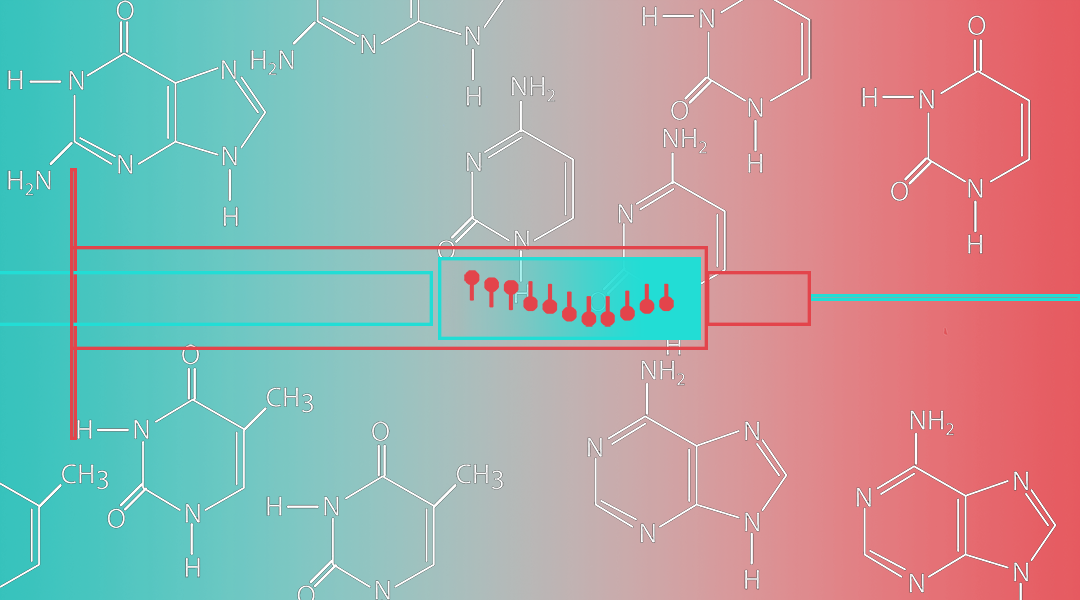
What are mRNA vaccines?
With a long history of development, mRNA vaccines are finally making their debut and changing the face of the COVID-19 pandemic.
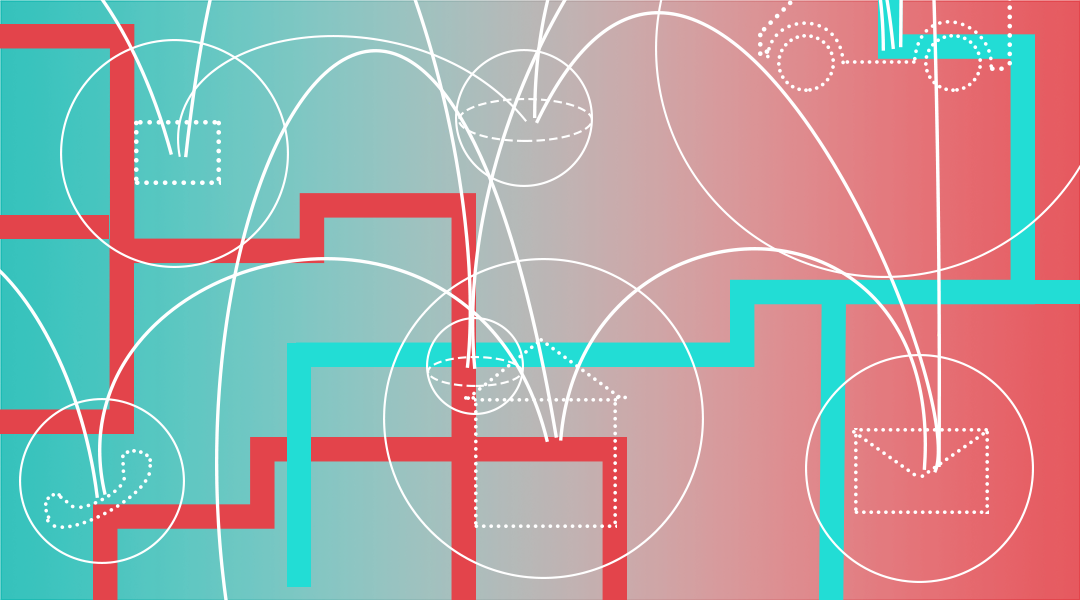
What is the Internet of Things?
The idea of connecting all physical things together: let’s delve into how the Internet of Things is changing the world.
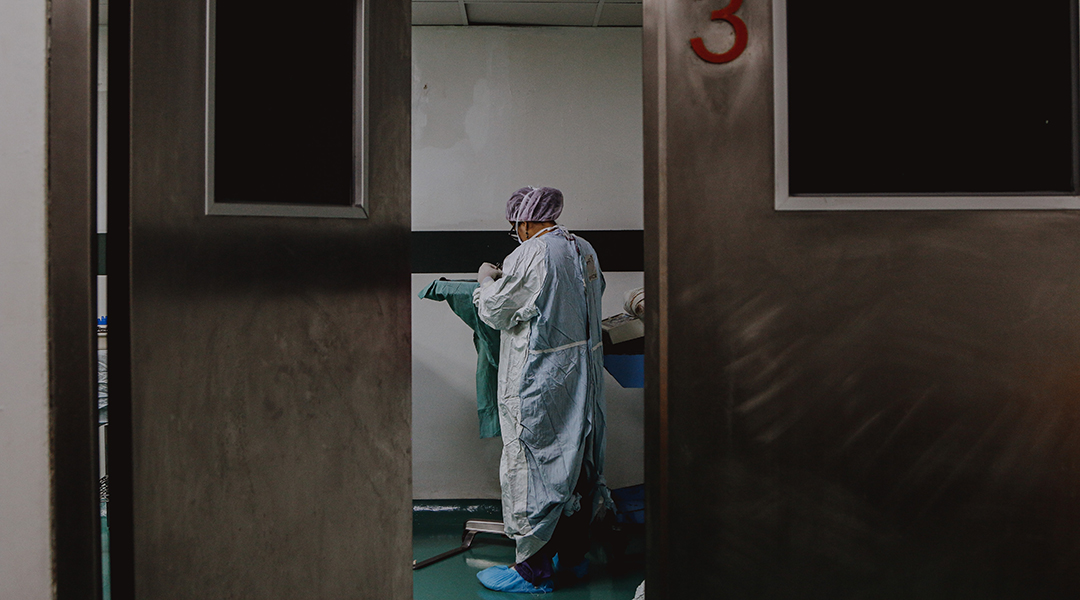
Metabolic activators improve recovery time in patients with mild to moderate COVID-19
Small clinical trial has found that metabolic activators can improve recovery, liver health, and markers of inflammation in patients with COVID-19.
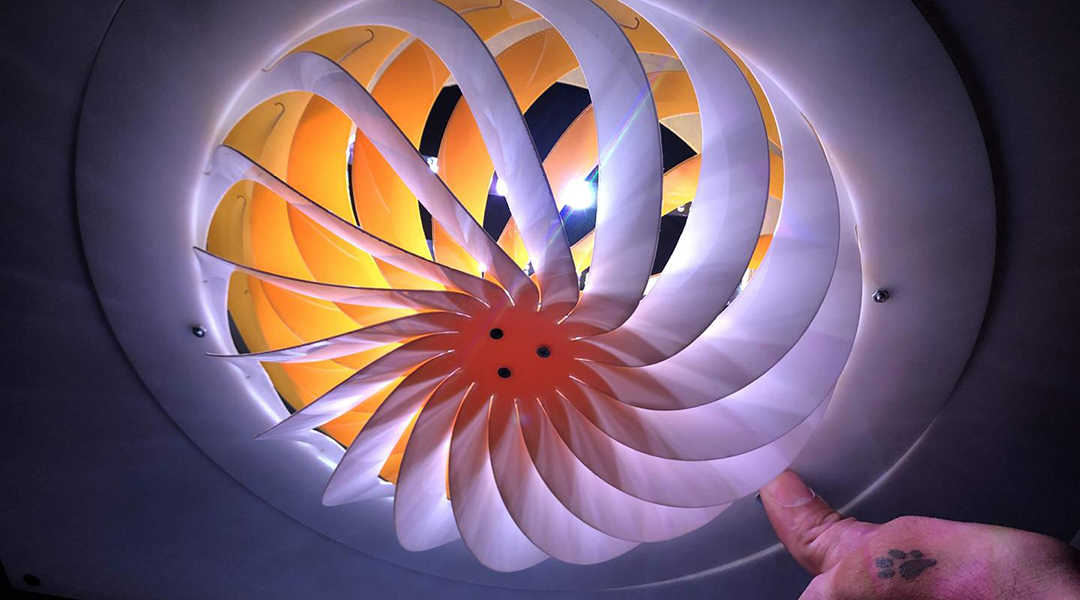
Pop-up furniture — no assembly required
Kiriform structures harness buckling for stable, deployable structures.
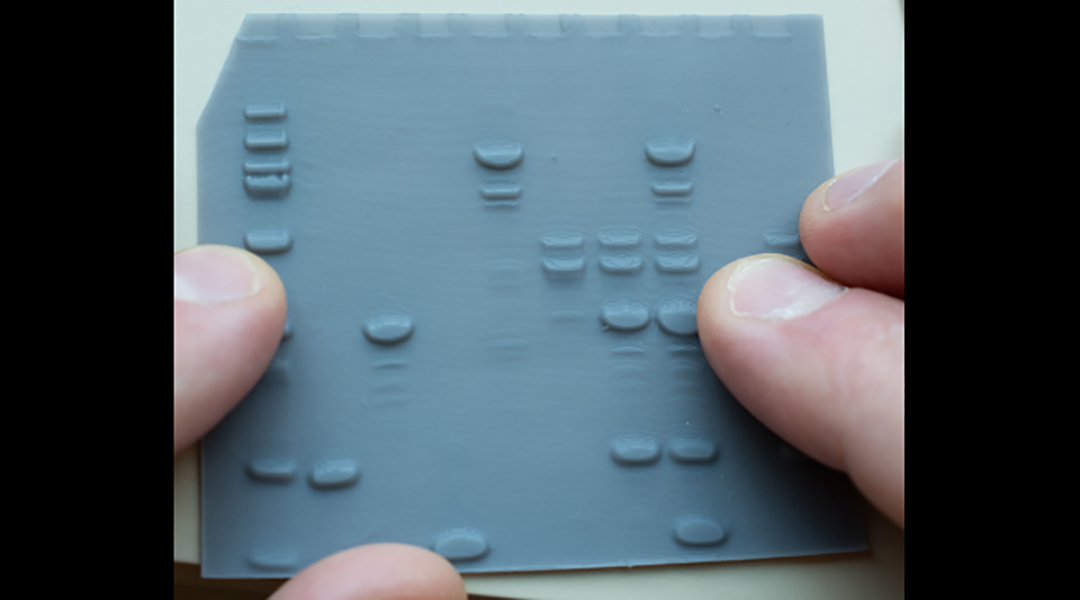
3D printing allows blind scientists to visualize data using touch
3D-printed lithophanes are helping to democratize science by making data more shareable between sighted and blind scientists.

Is dopamine more than just a feel-good hormone?
Dopamine might play a more complex role than was previously assumed when it comes to learning and reward association.
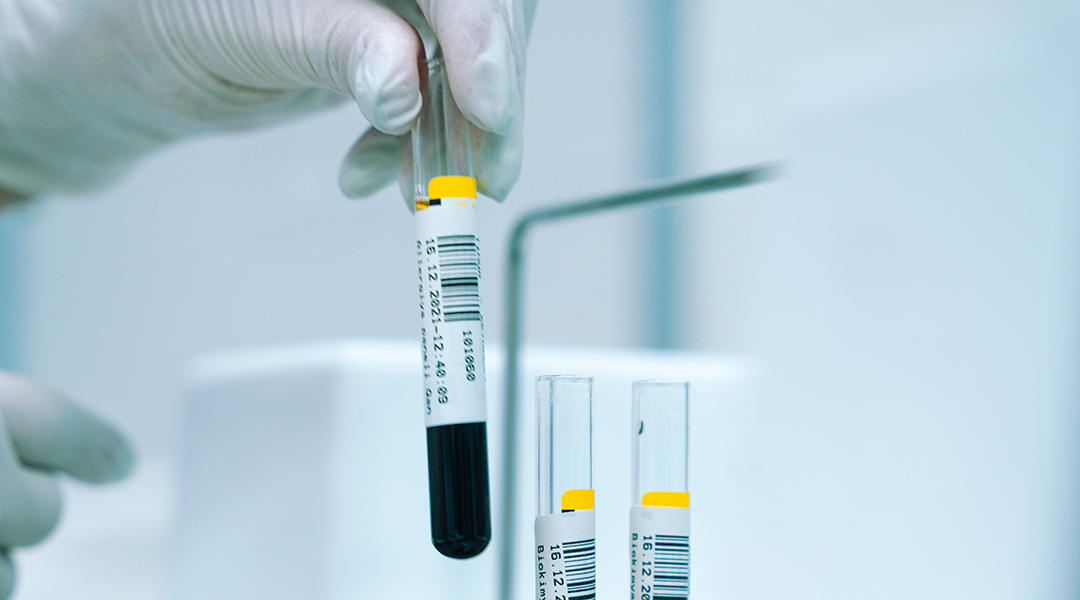
Boosting immune memory for broader vaccines
With more research, there is a potential for vaccines to have both adaptive and trained immunity to fight different diseases.

Liquid metal robots learn from leeches
Researchers leech off the natural world to develop dynamic liquid metal robots for electrical circuits.
No Results Found
The page you requested could not be found. Try refining your search, or use the navigation above to locate the post.
No Results Found
The page you requested could not be found. Try refining your search, or use the navigation above to locate the post.
No Results Found
The page you requested could not be found. Try refining your search, or use the navigation above to locate the post.
No Results Found
The page you requested could not be found. Try refining your search, or use the navigation above to locate the post.
No Results Found
The page you requested could not be found. Try refining your search, or use the navigation above to locate the post.
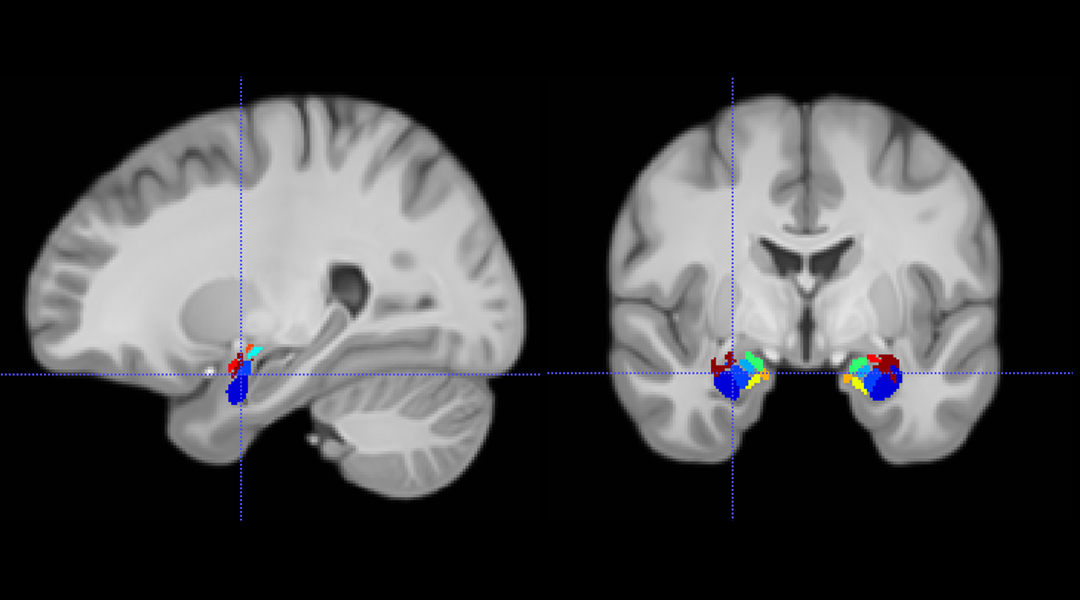
Why do our brains prioritize emotional memory?
Understanding how our brain regulates emotional memory could help treat disorders such as depression or PTSD.
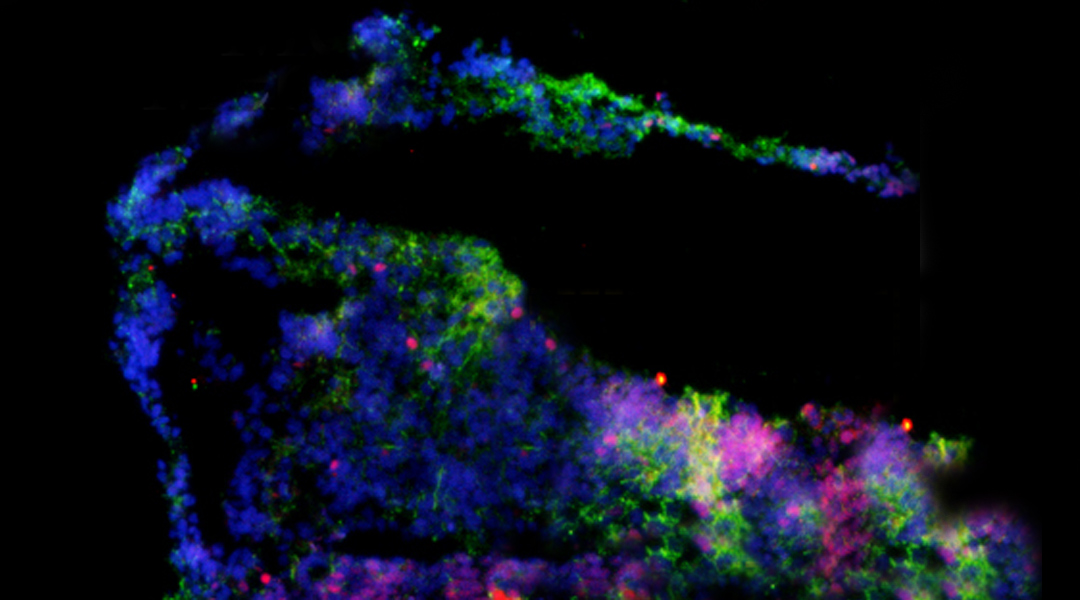
Building a model brain using microfluidics and brain organoids
To mimic the the interconnected structure of the brain, model organoids can be connected together into larger assemblies.
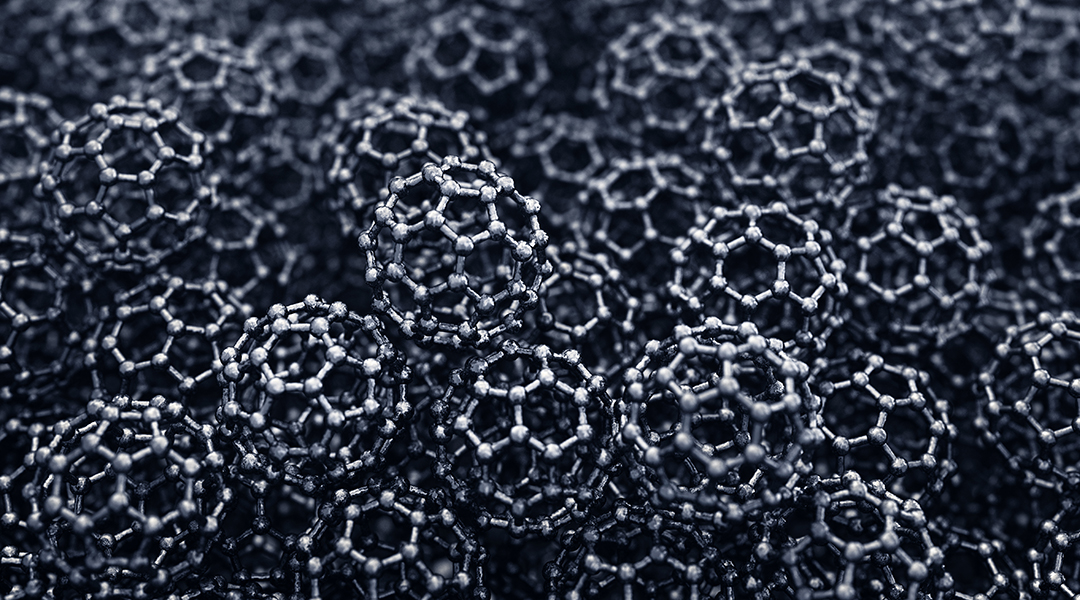
Using nanomaterials as antivirals in the fight against COVID-19
Scientists are investigating how fullerene nanomaterials can be used as antivirals against different variants of SARS-CoV-2 and other viruses.

A miniature robot for diagnosing lung cancer
This tiny soft robot can be steered through the branches of the lungs without causing damage for safer diagnosis.
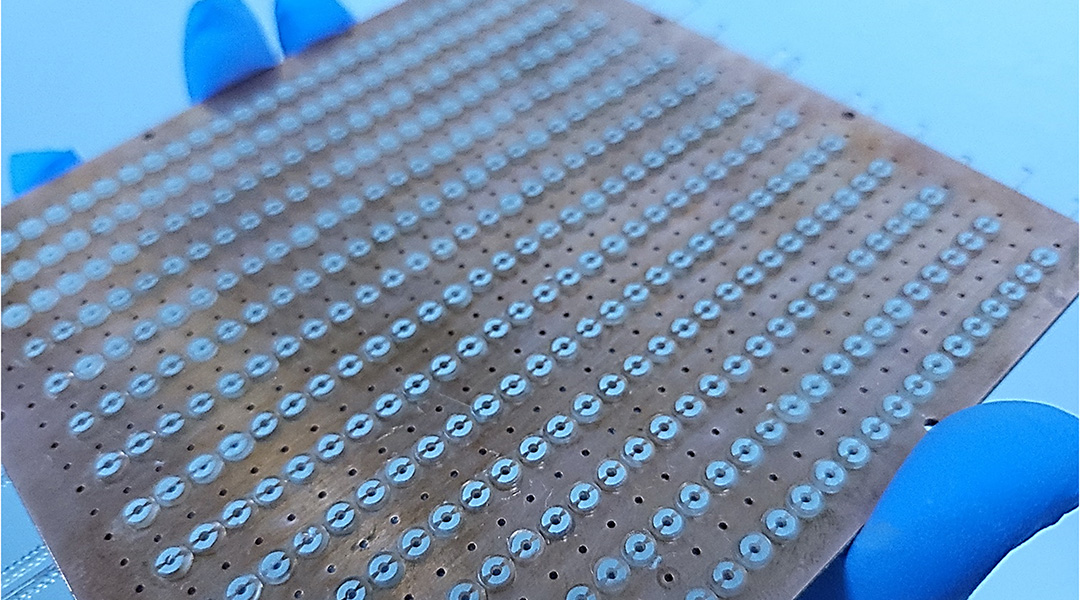
Indoor 5G gets a much-needed signal boost
A user-friendly system consisting of units that can direct 5G around obstacles in the home aim to eliminate communication shading areas.
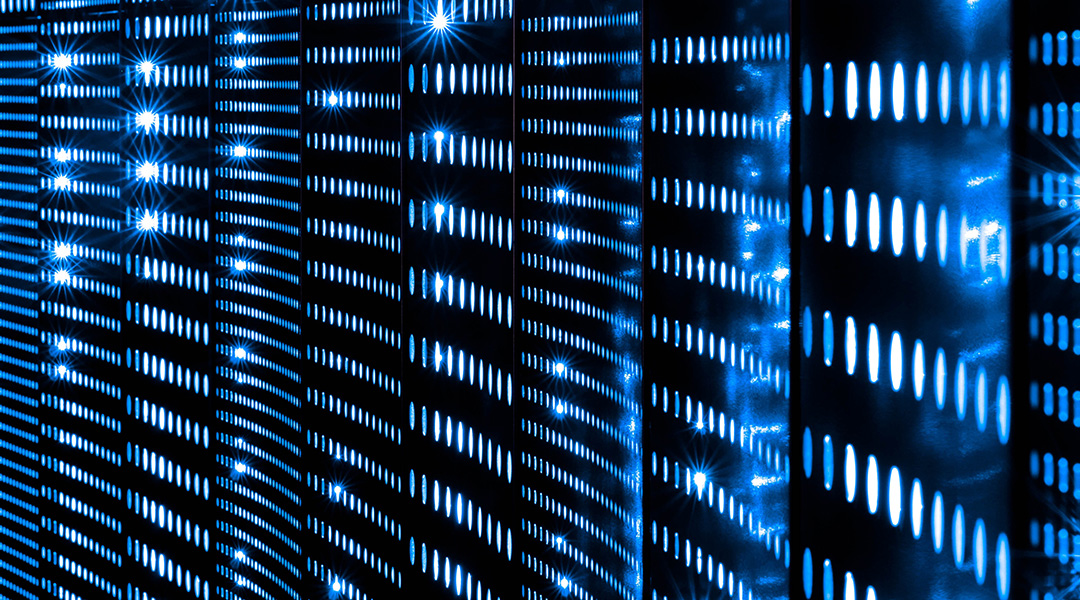
Mimicking the brain with single transistor artificial neurons
The power demands of the Internet of Things could be combated with computing systems that mimic biological neurons.
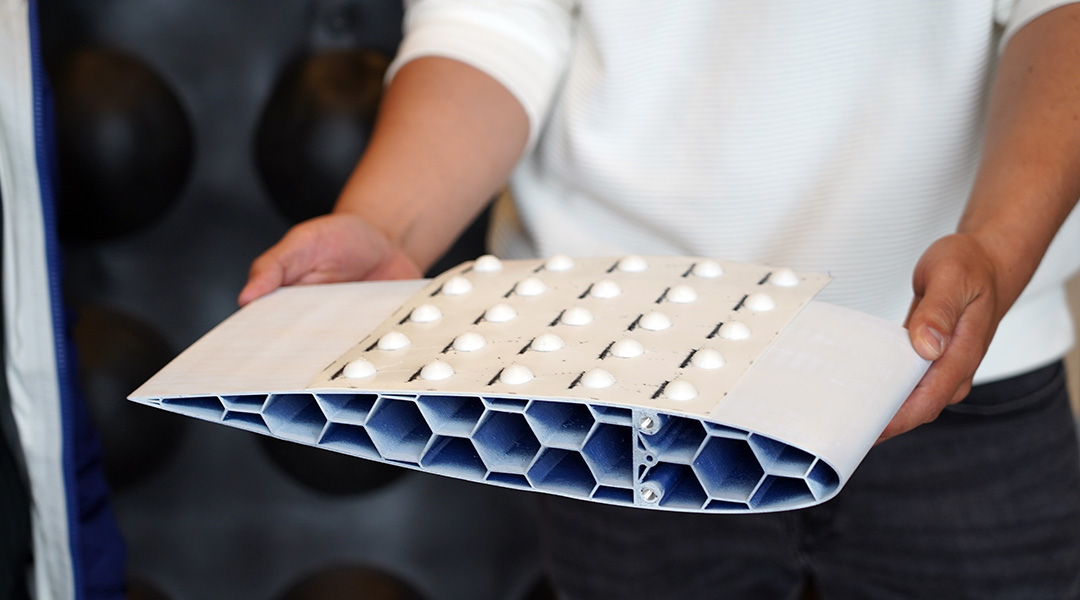
To-go lids inspire adaptive drone wing
Borrowing its shape from a disposable to-go cup lid, this new drone wing adapts to its surroundings all on its own.
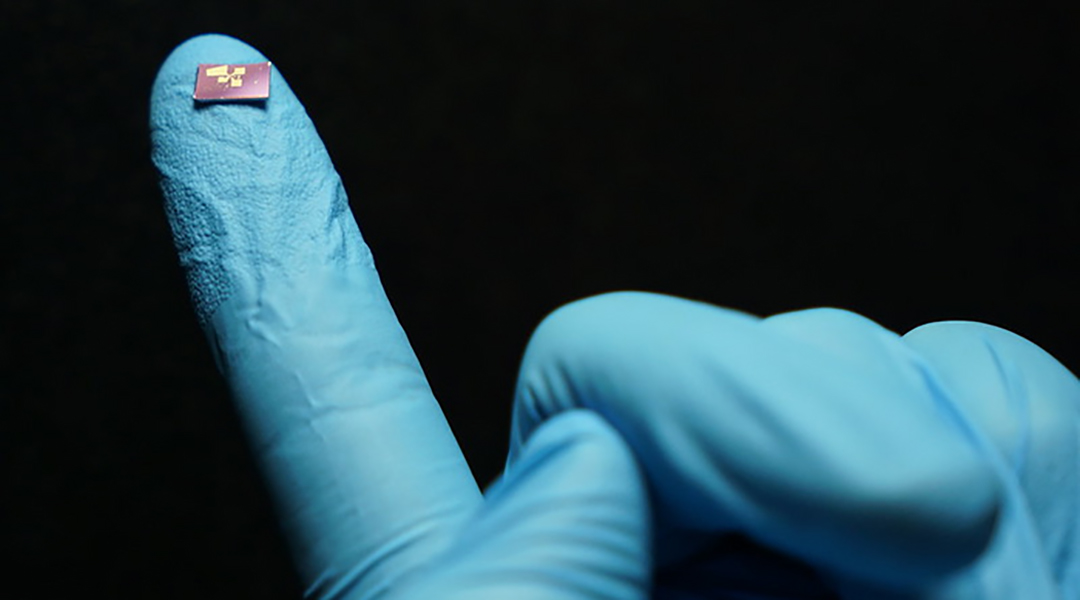
A portable spectrometer built using a “lab on a chip”
A mini, portable tool to measure light could improve everything from smartphone cameras to environmental monitoring.
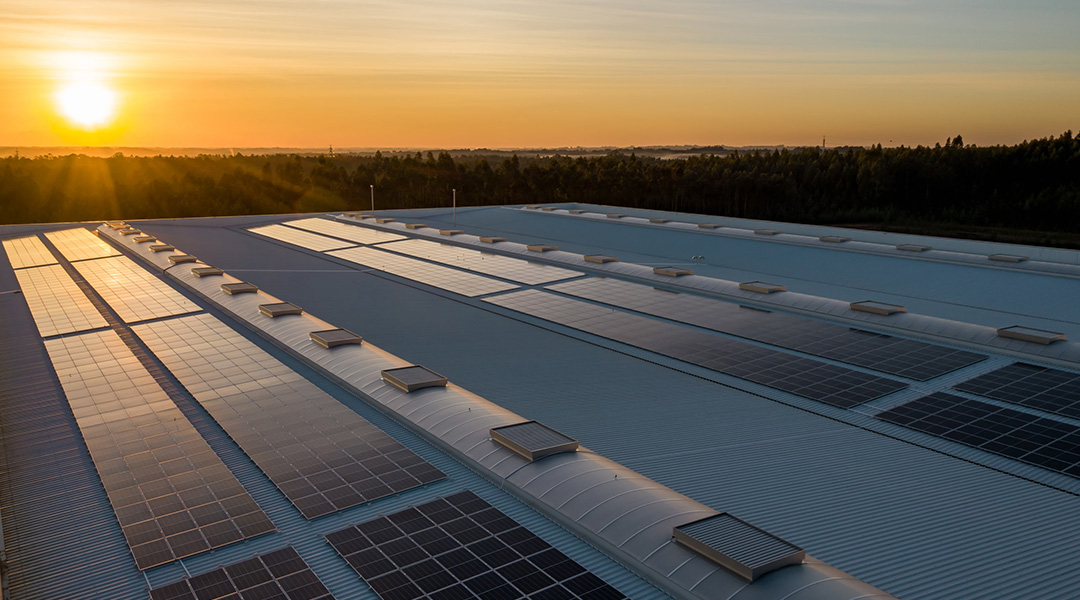
Doping solar cells to improve performance
Researchers are investigating ways to increase the efficiency and stability of solar cells, which could improve their commercial use as an alternative energy source.

Drinking coffee out of coffee: The material potential of spent coffee grounds
Chemists improve the properties of bio-based resins using spent coffee grounds as a key ingredient.

Cleaning up ocean microplastics with MagRobot
Specially designed microrobots could help clean plastic waste from water systems.

Drinking water disinfected in minutes by natural and abundant catalyst
Brownmillerite, found in natural mineral deposits, could help disinfect water in resource-poor regions.

Footprints of phase transitions in the early universe
Gravitational waves produced by the phase transitions of matter right after the Big Bang could provide new insights into particle physics.

Dwarf galaxy reveals new structure in the Local Void
Strange behaviour in an isolated galaxy leads to the discovery of matter in a region of space previously thought to be empty.
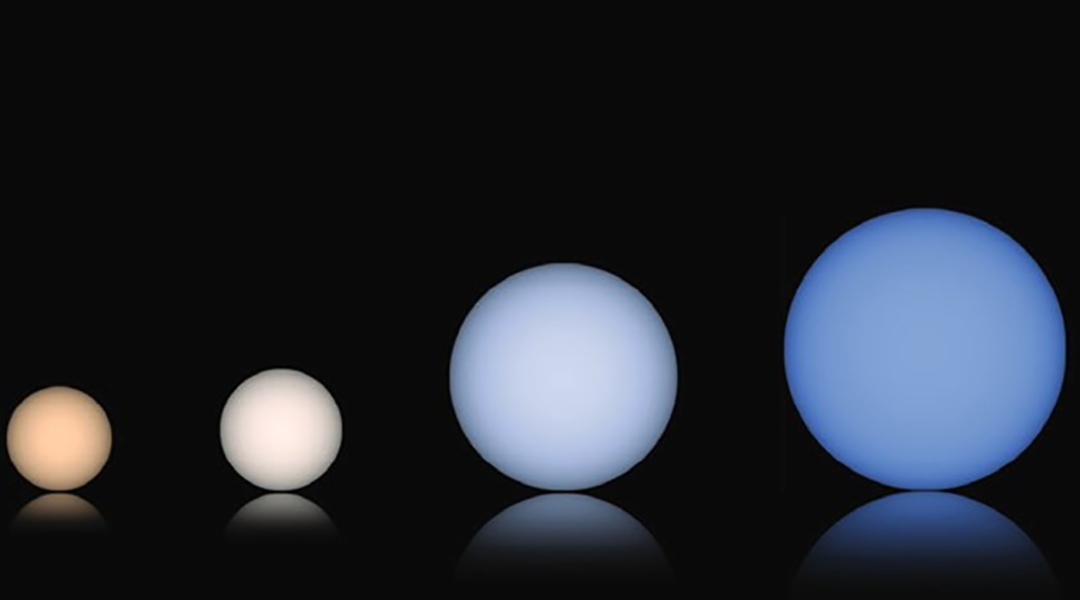
The true colors of stars
Stars are depicted using different colors, but are they accurate? A new scientific color palette aims to put misrepresentations to rest.

Why does Oreo cream stick to one side of the cookie?
Mechanical engineers put Oreo cream filling through a battery of tests to understand what happens when two wafers are twisted apart.



